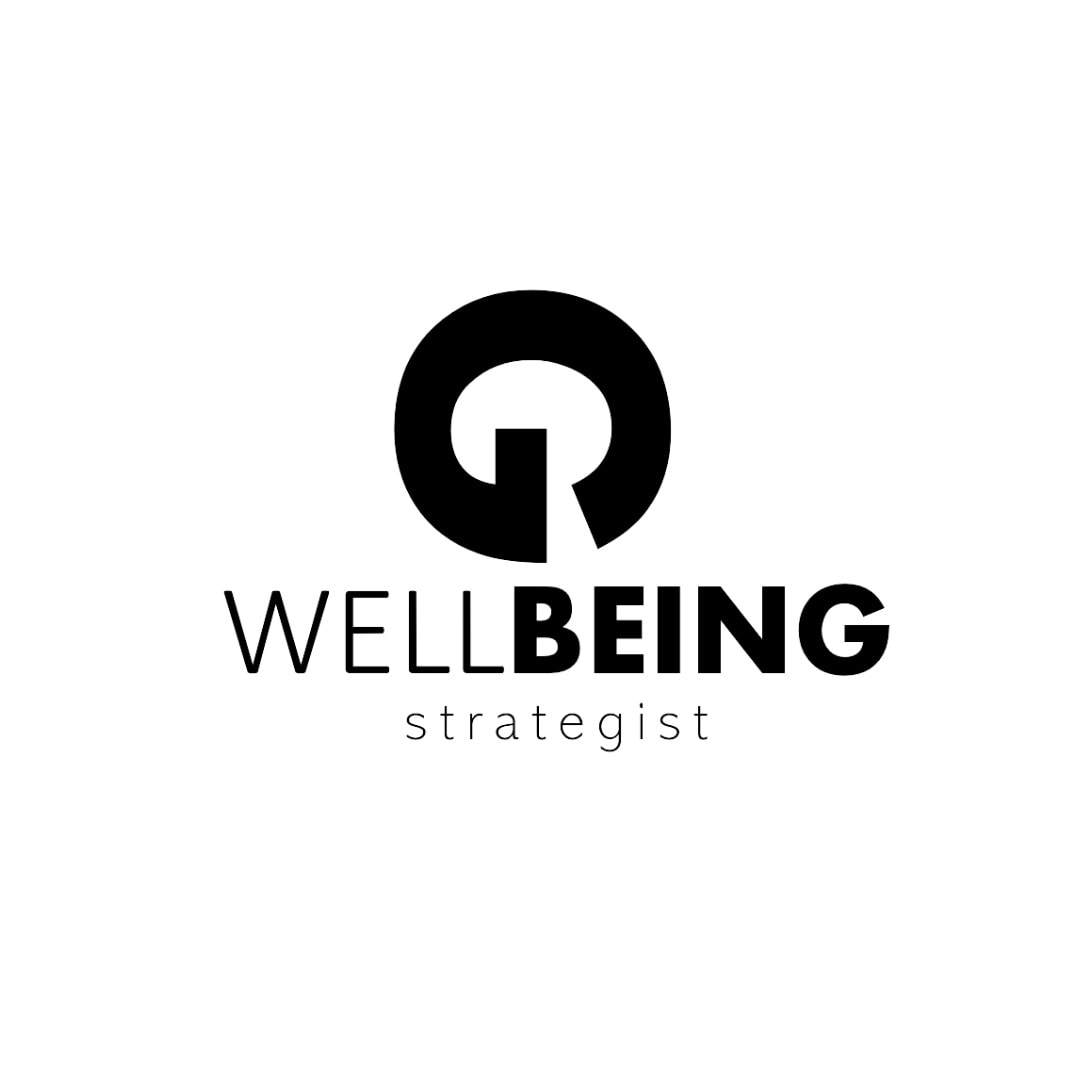The modern work environment, with its high demands and constant connectivity, has made burnout a widespread issue. Knowing how to recover from burnout and find a sustainable work-life balance is essential for maintaining not only productivity but also overall well-being. This comprehensive guide will walk you through the signs of burnout, the recovery process, and proactive steps to prevent future episodes, ensuring you can manage stress levels and maintain a fulfilling life both in and outside of work.
What Are the Signs of Burnout and How Can You Recognize Them?
Understanding the Physical and Emotional Symptoms of Burnout
Recognizing burnout requires a keen awareness of its symptoms, which often manifest physically and emotionally. Physical signs include chronic fatigue, sleep disturbances, and a weakened immune system leading to frequent illness. Emotional symptoms, on the other hand, include a sense of failure, self-doubt, detachment, and a decrease in satisfaction and accomplishment at work. These are clear indicators that the stress levels experienced are not just a temporary overwork situation but a more serious condition of burnout.
Identifying Work-Related Stressors that Lead to Burnout
Work-related stressors play a significant role in the development of burnout. These can be excessive workload, a lack of control over work processes, unclear job expectations, and conflicting demands or insufficient resources. Being able to pinpoint what stressors are impacting your work performance and emotional exhaustion is crucial. Identifying these factors is the first step in managing stress and making the necessary adjustments to prevent burnout.
Recognizing Burnout in Remote Work and Traditional Settings
Burnout can occur in any work setting, from the traditional office to remote work environments. With remote work, the lines between work and home life blur, making it challenging to disconnect and leading to overwork. In contrast, traditional work settings might involve long commutes or less flexibility, contributing to stress. Recognizing how each setting can uniquely contribute to burnout is essential for addressing and managing these challenges effectively.
How Long Does It Take to Recover from Burnout?
Factors That Influence the Duration of Burnout Recovery
The time to recover from burnout varies significantly among individuals, as it is influenced by various factors, including the duration and intensity of burnout symptoms, personal resilience, and life circumstances. Some may find daily recovery practices sufficient, while others might need a prolonged break from work to fully recuperate. Understanding that recovery is a personal journey is fundamental in setting realistic expectations for oneself.
The Importance of Setting Realistic Expectations for Recovery
Setting realistic expectations for the burnout recovery process is crucial. It’s important to acknowledge that recovery doesn’t happen overnight and can be a gradual process. Patience and self-compassion become key, allowing oneself the time needed to recover fully without rushing back into the workload that led to burnout initially.
Phases of Recovery and What to Expect in Each Stage
Recovery from burnout often unfolds in stages, starting with acknowledging the problem, adopting stress management strategies, and gradually reintroducing work. Initially, it might involve taking a complete break from work to alleviate stress and exhaustion. The next phase focuses on slowly rebuilding one’s capacity for work by reassessing workload and setting healthy work-life boundaries. The final stage involves ongoing stress management and prevention strategies to maintain balance and prevent recurrence.
Can Self-Care and Mindfulness Prevent Burnout?
Implementing Daily Self-Care Routines to Manage Stress Levels
Daily self-care routines are a cornerstone in preventing burnout. Actions such as ensuring enough sleep, engaging in physical activity, and pursuing hobbies outside of work can significantly reduce stress levels. Self-care helps maintain a healthy work-life balance by ensuring that time is allocated not just for productivity but for rest and rejuvenation as well.
The Role of Mindfulness in Enhancing Work-Life Balance
Mindfulness practices, such as meditation and mindful breathing, can play a vital role in enhancing work-life balance. These practices help increase awareness of the present moment, reducing overthinking and anxiety about work. By incorporating mindfulness into your daily routine, you not only manage stress more effectively but also improve overall life satisfaction.
Effective Stress Reduction Techniques to Prevent Burnout
Other effective stress reduction techniques include setting clear boundaries between work and personal time, practicing relaxation methods such as yoga or meditation, and maintaining a support network of friends and family. Learning to say no to additional responsibilities can also help manage workload and prevent burnout. Identifying what techniques work best for you is a personal journey but an essential one.
Strategies to Recover from Job Burnout and Improve Productivity
Reassessing Workload and Setting Healthy Work Boundaries
To recover from job burnout and improve productivity, reassessing your workload and setting healthy boundaries at work is essential. This might include delegating tasks, negotiating deadlines, and learning to say no to unrealistic demands. Establishing clear boundaries helps prevent overwork and ensures you have time for rest and other life aspects that bring joy and fulfillment.
How to Reintroduce Productivity Without Overwork
Gradually reintroducing productivity without slipping back into overwork requires mindful planning and prioritization. Focus on high-priority tasks and break them down into manageable steps. Avoid multitasking, which can lead to quick burnout, and instead allocate specific times for focused work, ensuring there are ample breaks for rest. This approach not only enhances productivity but also maintains it sustainably.
Seeking Professional Help: When and Why It Might Be Necessary
There are situations when seeking professional help is necessary to recover from work burnout. If you find that stress management techniques and lifestyle changes are not enough to alleviate symptoms of burnout, consulting with a mental health professional can provide targeted interventions to treat burnout. Professional guidance can offer personalized strategies for recovery and help address underlying issues contributing to burnout.
Essential Tips on Recovering from Work Burnout and Maintaining Balance
Maintaining Emotional Health through Social Support and Professional Guidance
Maintaining emotional health is crucial in recovering from work burnout and preventing future episodes. Leaning on a support network of friends, family, and professionals can provide the emotional sustenance needed during recovery. Social support is invaluable for sharing experiences, gaining perspective, and fostering a sense of belonging and understanding.
Learning from Burnout to Implement Long-Term Changes in Work Habits
Experiencing burnout often provides a unique opportunity to learn and implement long-term changes in work habits. Reflecting on what led to burnout can offer insights into what needs to change moving forward. This may involve developing better stress management skills, setting clearer boundaries between work and personal life, and prioritizing tasks more effectively to maintain a healthier work-life balance.
Creating a Sustainable Work Environment to Prevent Future Burnout
Lastly, preventing future burnout episodes involves creating a sustainable work environment that supports work-life balance and health. This includes advocating for a positive work culture, where overwork is not glorified, and personal time is respected. Employers also play a significant role by creating policies that support mental health, encourage regular breaks, and allow for flexible work arrangements.
Recovery from burnout is a multi-faceted process that involves acknowledging the problem, taking steps to alleviate the immediate stress and exhaustion, and implementing long-term strategies to prevent recurrence. With patience, self-compassion, and the right support and strategies, you can recover from burnout, reclaim your productivity, and find a fulfilling balance between work and personal life.





